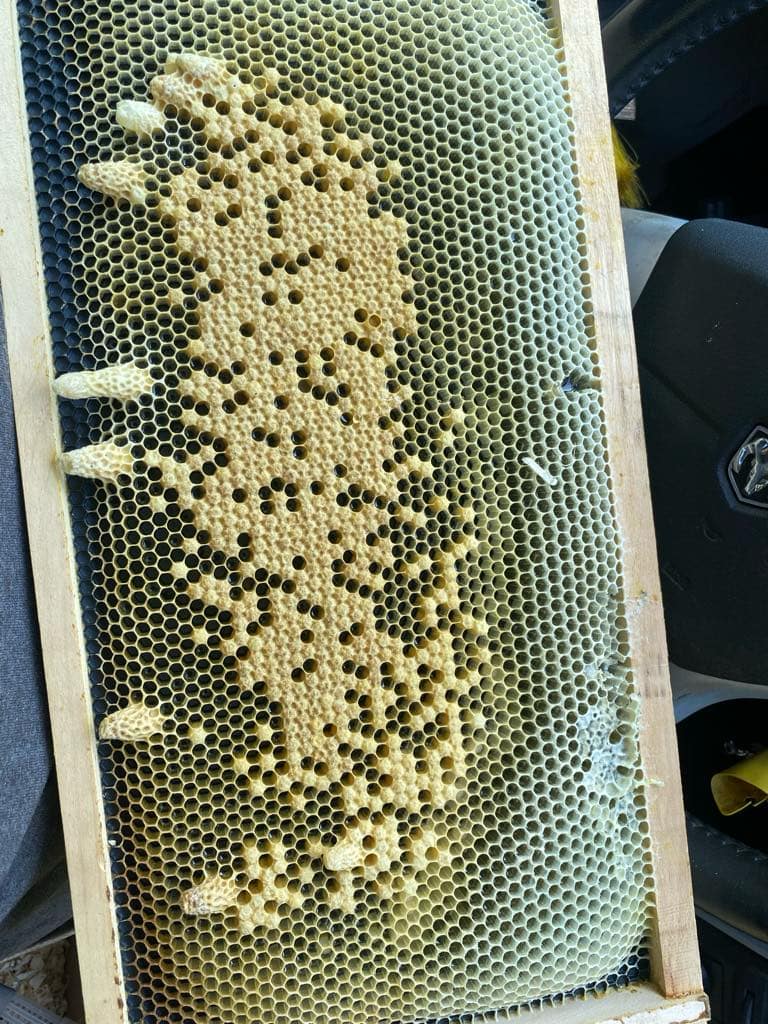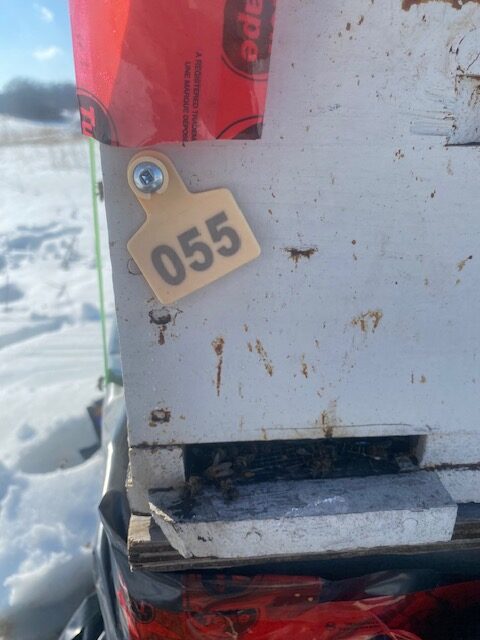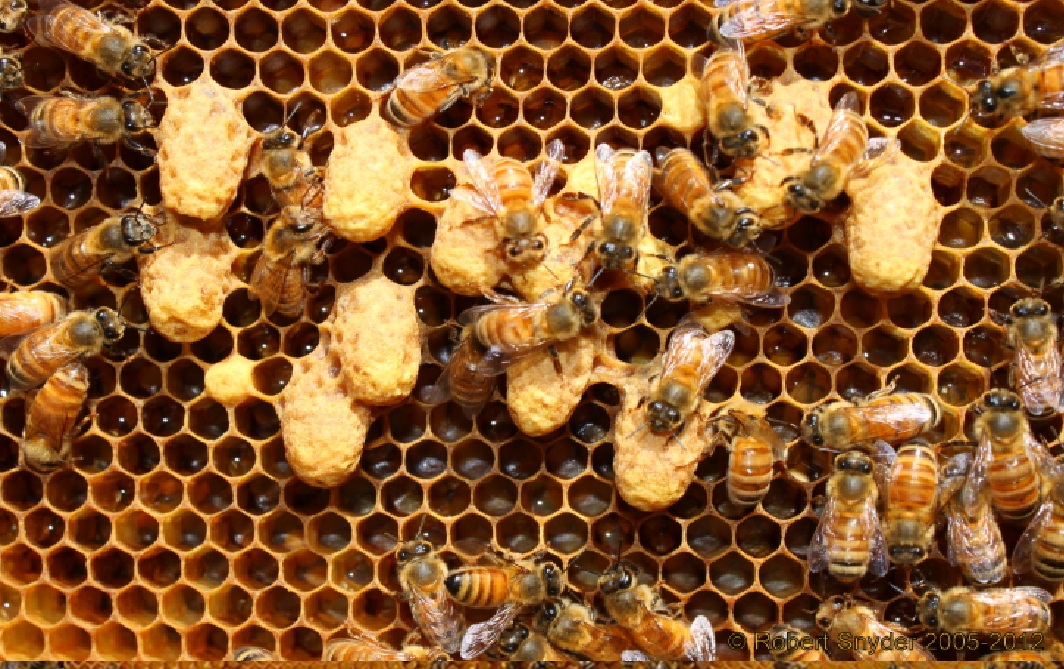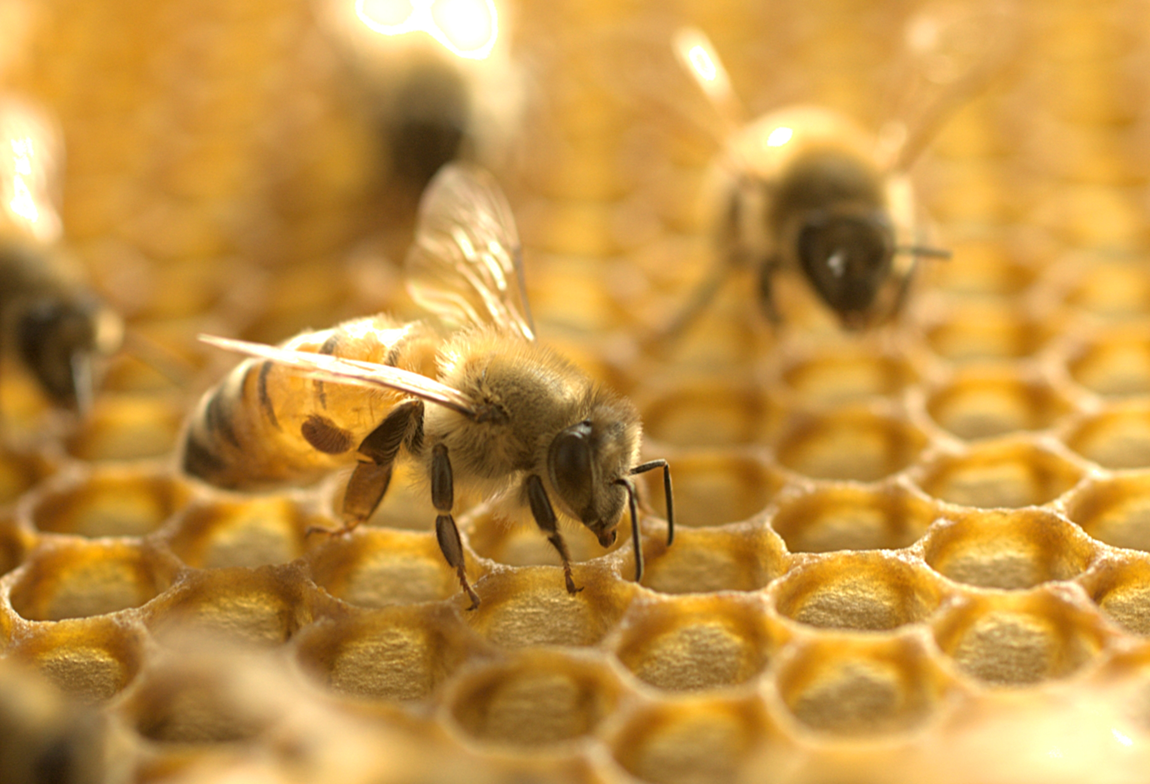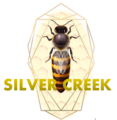Your first queen cell is often raised from a superceedure or a swarm cell. Some would say that the queens you raise from these are not very good. I have a raised over 250 queens, just this year, and I can tell you that this isn’t true. You just need to pick the right cells.
From top to bottom.
#1 – 3 – I would not harvest these.
#4, I would not harvest. That looks like a big queen cell, but in fact, the larva has fallen in the cell.
#5 looks like it has emerged, but that is just a trick of light. It hasn’t. I would harvest.
#6 and #7 I would harvest these.
#9 – near the bottom, up in the brood. i would not take this one. It is smaller. I might get a queen, and she might grow up in the nursery. But, why take the chance.
I would harvest 4 of 8 of these cells. Notice that the ones that I chose are darker. This means that they will hatch soon. If they are too light, then they are in a fragile stage. I find there is a much poorer chance of success with these cells.
What I wish I knew Before I Started to Graft Queen Cells
Grafting queen bees changed the game for us. First, we never lost hives to dead queens or swarms. We just replaced queens.
I hope you can avoid making the same mistakes I made.
Benefits of raising queens.
- You have local queens.
- We saved 2 weeks on swarms, or on hives that requeened.
- We can keep spare queens in nucs until needed. This means you have queens when you need them.
- Do not need to pay for queens.
- Can test your queens in nucs and make sure they are ‘good’ before using them to requeen a hive.
- No matter how many losses you have, the successful mated queens are one more than you had if you hadn’t tried.
- You can trade queens with other beekeepers to expand genetics, or trade for things you want/need.
- Cheaper to grow your apiary.
- It is fun to watch queens emerge.
- Most important – Reduce losses.

Questions You Need to Be Able to Answer to Avoid Making Mistakes
True or False
- Grafting Should be only done when the hive is strong
- Kill all cells in a hive.
- Nurse bees are better accepted if they are put in a nursery for 5-7 days.
- A mated queen can be kept for a week or two in a nursery .
- Overwintered queens are smaller, but in a couple weeks they will plump up.
- The best cells are supersedure cells.
- Your queens are the best queens.
- Hives can requeen themselves without your help.
- You should kill drone cells.
- Only the professionals should graft queens.
- Every beekeeper should raise their own queens.
- If things go wrong in a hive, the first thing you should do is pinch the queen.
Grafting 1 – 2-day old larva
Another important theme to consider when grafting queen cells is the selection of the larvae. It is important to select larvae that are less than 24 hours old. Choosing the right larvae is crucial in ensuring that the raised queens are of high quality and have the best chance of thriving in the hive.
When I am grafting, I look at the frame. The typical frame has the oldest larva at the bottom, in the center. When you move up the larva are younger. I look for larva that is just below eggs and is just barely starting to curl. I will use a larva that is almost a C, but if it is a C then I cannot get a good cell.
The larva on this frame are all too old. The younger larva are too curled. However, I would pull this frame in 24 hours. The eggs should have hatched and been ready.
If I was desparate for larva, from the top row down.
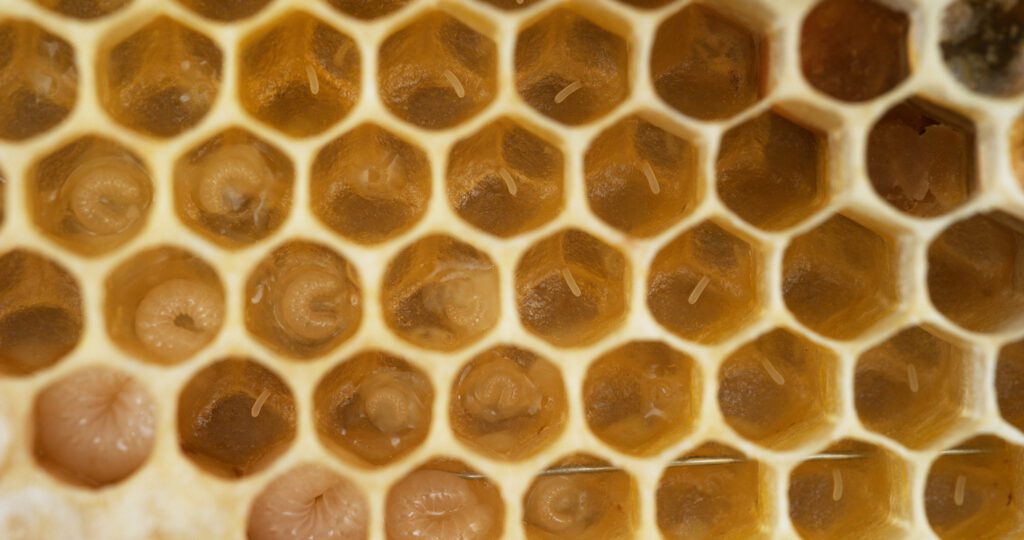
- Row 2, cell 3 and cell 4
- Row 4, Cell 3 and maybe cell 5.
- Bottom row, cell 6.
A trick is, if it looks like the cell is empty then there is probably a very young larva in it.
If I wasn’t desperate for larva, I would wait 24 hours and go after the newly hatched eggs.
Cell Starter – Cell Finisher – Incubator
The key theme to consider when grafting queen cells is the environment in which the queen cells are raised. Queen cells should be placed in a warm and humid environment. This will promote proper development and emergence of the queen bees. We find that we get the best results just under 92D, with 50% humidity.
I watch the bees daily. It is important to have good visibility. I put my cells in roller cages, but there is a balance between not dislodging the larva in the early stages, and making sure the hatched queen doesn’t crawl back in the cell and die, or goes without food, after it hatches.
If you do not have time to babysit incubators, then put your cells in your hive, or in a mating nuc and let the bees take care of them.
I like to use an incubator because it lets me check the queen over before it goes into a hive. If I do not like the vigor/activity, or how fast she goes to eat the syrup then I will pinch her. I also use nursery nucs for the first 5 days. I put up to 10 roller cages in each Queenless nursery. We also put a frame of capped brood in, weekly. Sometimes the bees let a queen die. If this happens I have saved 3 weeks in a matting nuc, and the nurse bees that I put in the mating nuc.
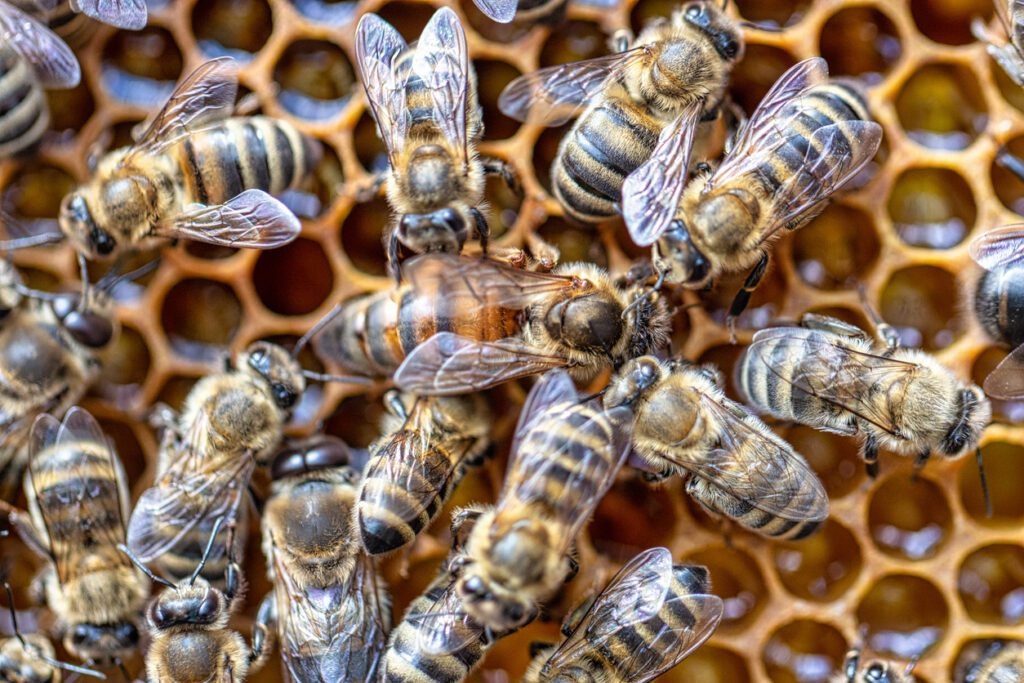
Queen Bee Genetic Diversity
It is important to consider the genetic diversity of the queen bees being raised through grafting. It might be better to buy queens until you have some diversity.
I only say this because we had less success until we started to diversify genetics.
By selecting queen larvae from strong and productive colonies, beekeepers can help to improve the overall genetics of their hives. This can lead to more resilient and productive colonies that are better able to withstand challenges such as disease, pests, and environmental stressors.
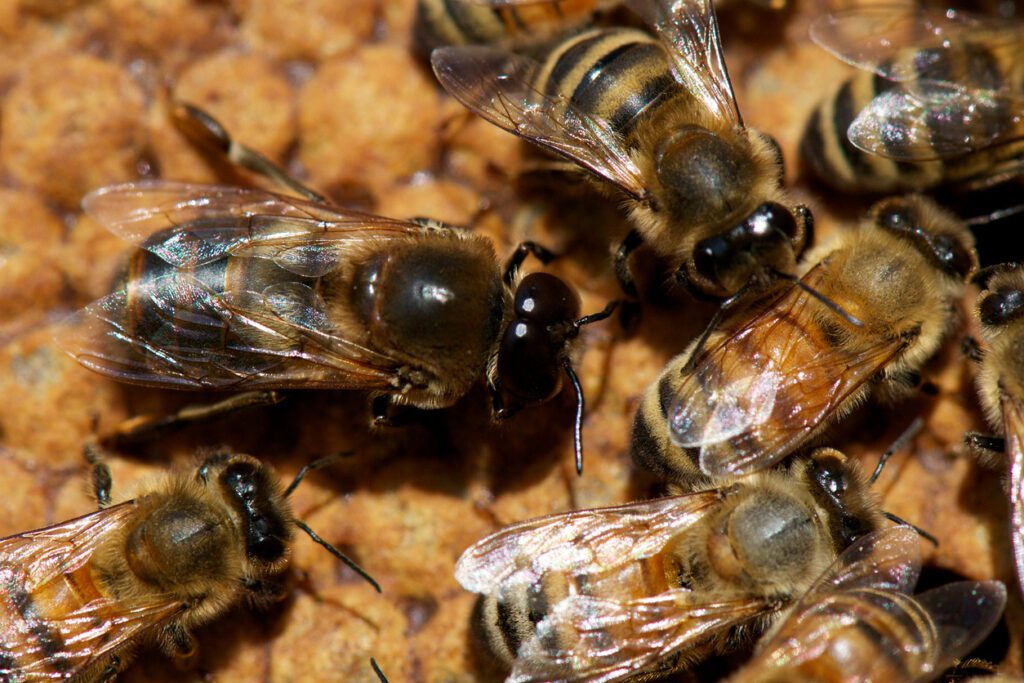
Drone Flooding
This is not as important if there are a lot of beekeepers around you. If you don’t have a lot of beekeepers, then let your hives grow their own drones. A way to give yourself the best chances of successfully breeding strong queens is to buy your stock from different breeders.
We buy queens from a breeder who imports from one country. We buy the same breed but import from another country. Then, we buy queens from 2 different local breeders.
We put 25% of the hives in the breeder yards from each source. Each of our breeder hives are allowed to raise their own drones. Then, we have 4 hives per 10 that has a drone comb frame in it. We start in the spring with 1 drone hive from each of the sources.
We are not qualified to teach why. There are amazing breeders teaching about honey bee genetics and breeding, and selecting for health, on YouTube. Look for the lectures from bee trade shows and bee association conferences. You will only need to watch 3 – 4 before you will understand the importance of giving queens the biggest genetic diversity.
The one thought I will leave you with is that bees will remove larva if the queen has bred with a closely related drone. This can be mistaken with hygienic behavior.
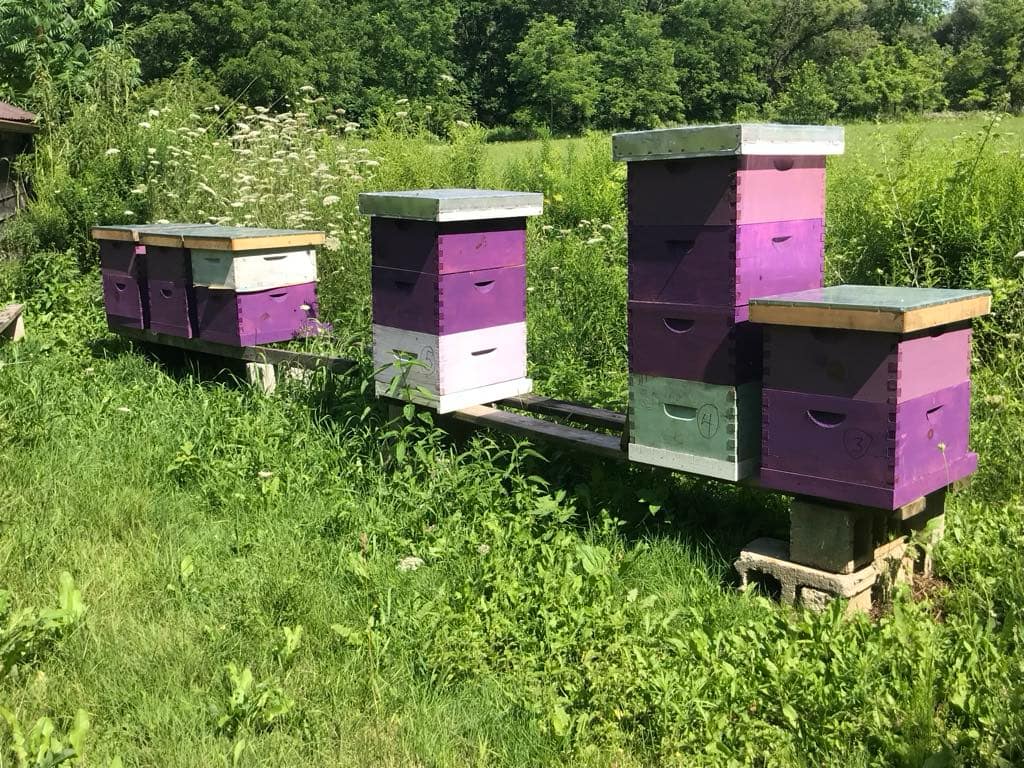
Choosing a Breeding Hive
It is most important to consider the hive when grafting queen cells is the overall health of the hive.
When we were hobby breeders we ask the following questions before choosing a cell to propagate.
- Was there chalk brood in the hive?
- Was the mother queen a good layer?
- Did the mother queen overwinter?
- Did they produce enough honey?
- Did they struggle when mites were high?
- What time of year is it?
- Is there a lot of pollen in the hive, near the brood?
If I was not pleased with all of these then I requeened from queen cells from another hive.
If it is before June 15 (growing zone 7b) then I will accept any good size cell. If it is after June 15, I will only accept the best cells. If it is after summer solstice, I will only accept supersedure cells. On your first year, keep them all. You cannot learn what to look for in a queen unless you see it for yourself.

